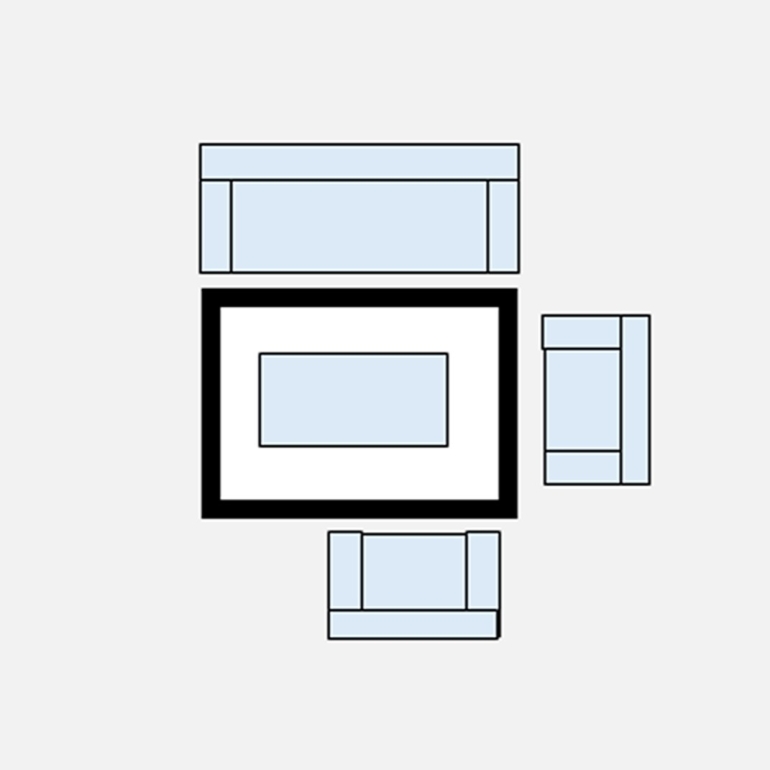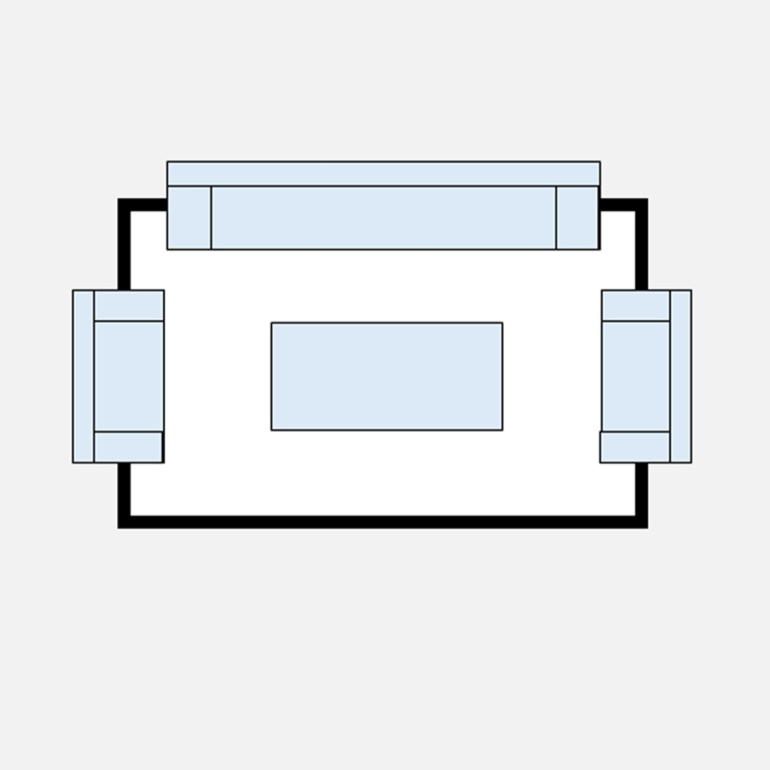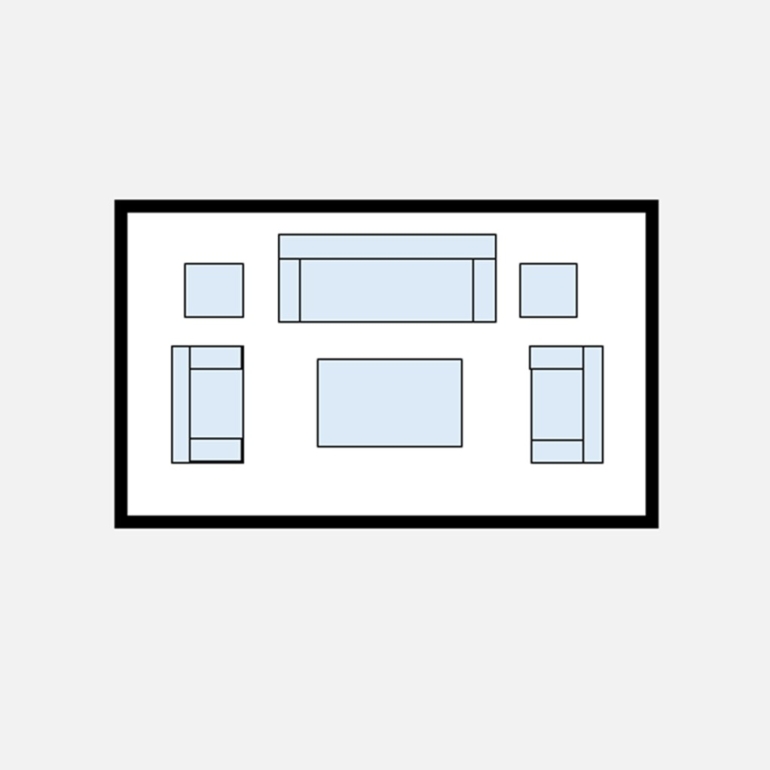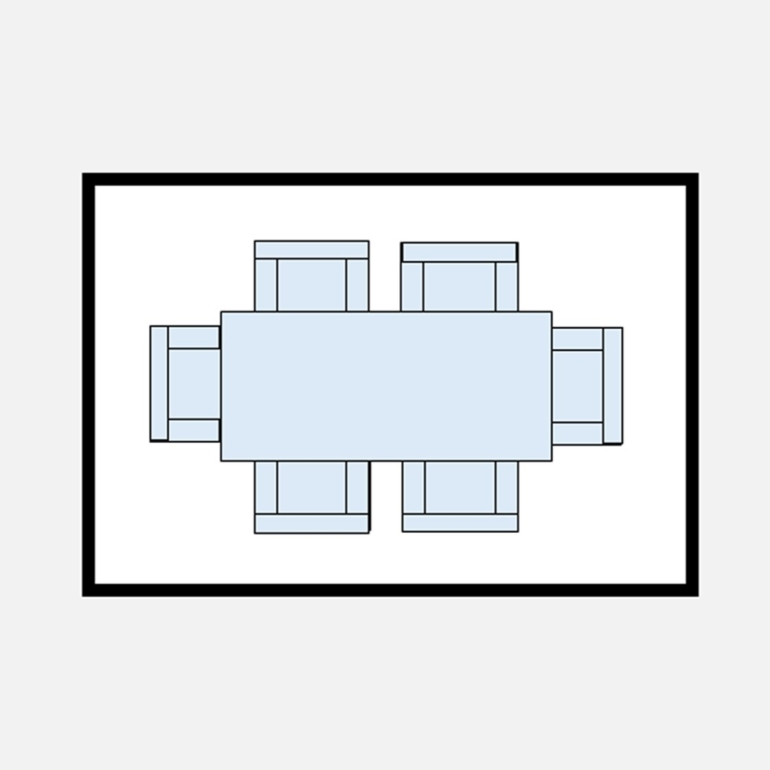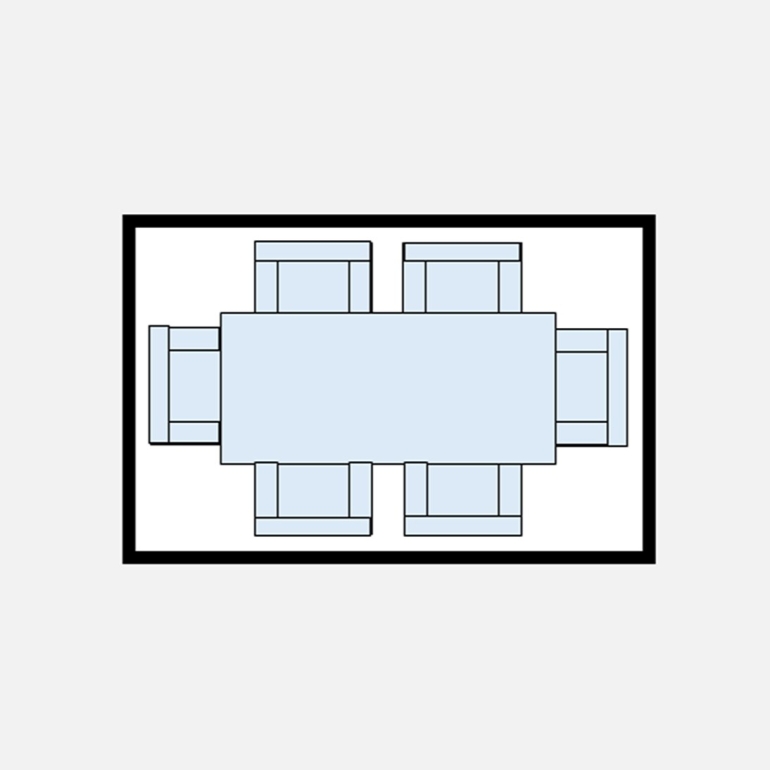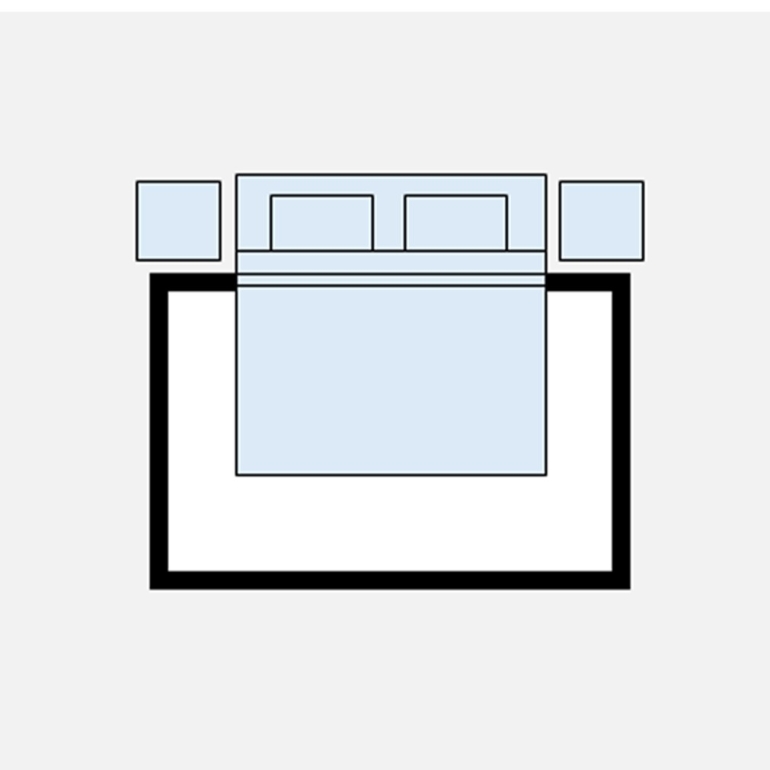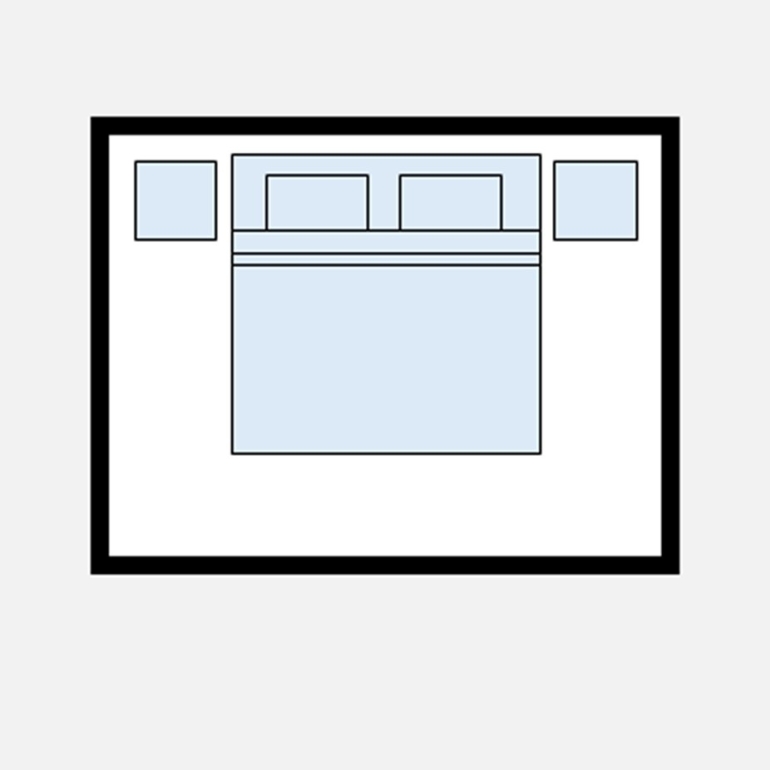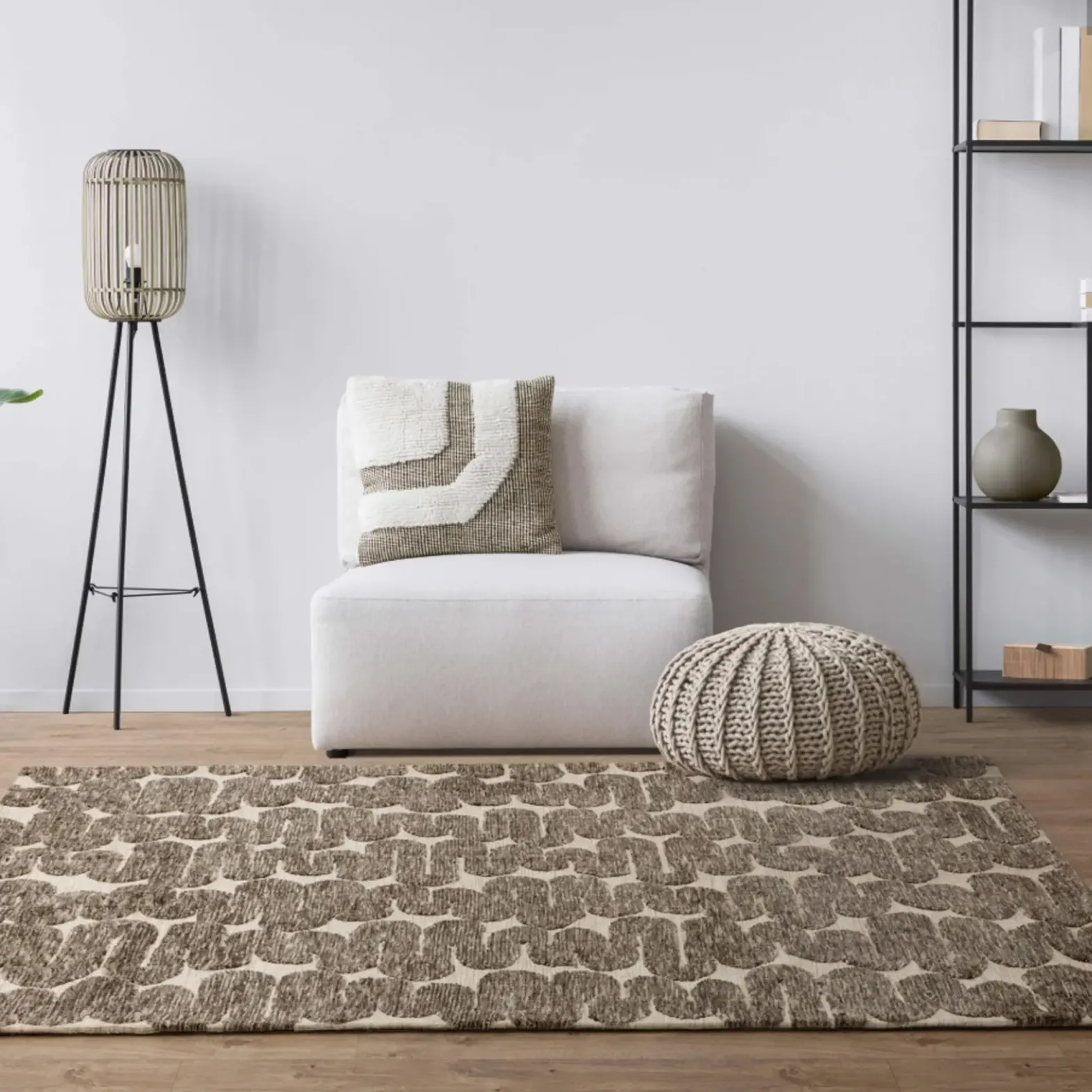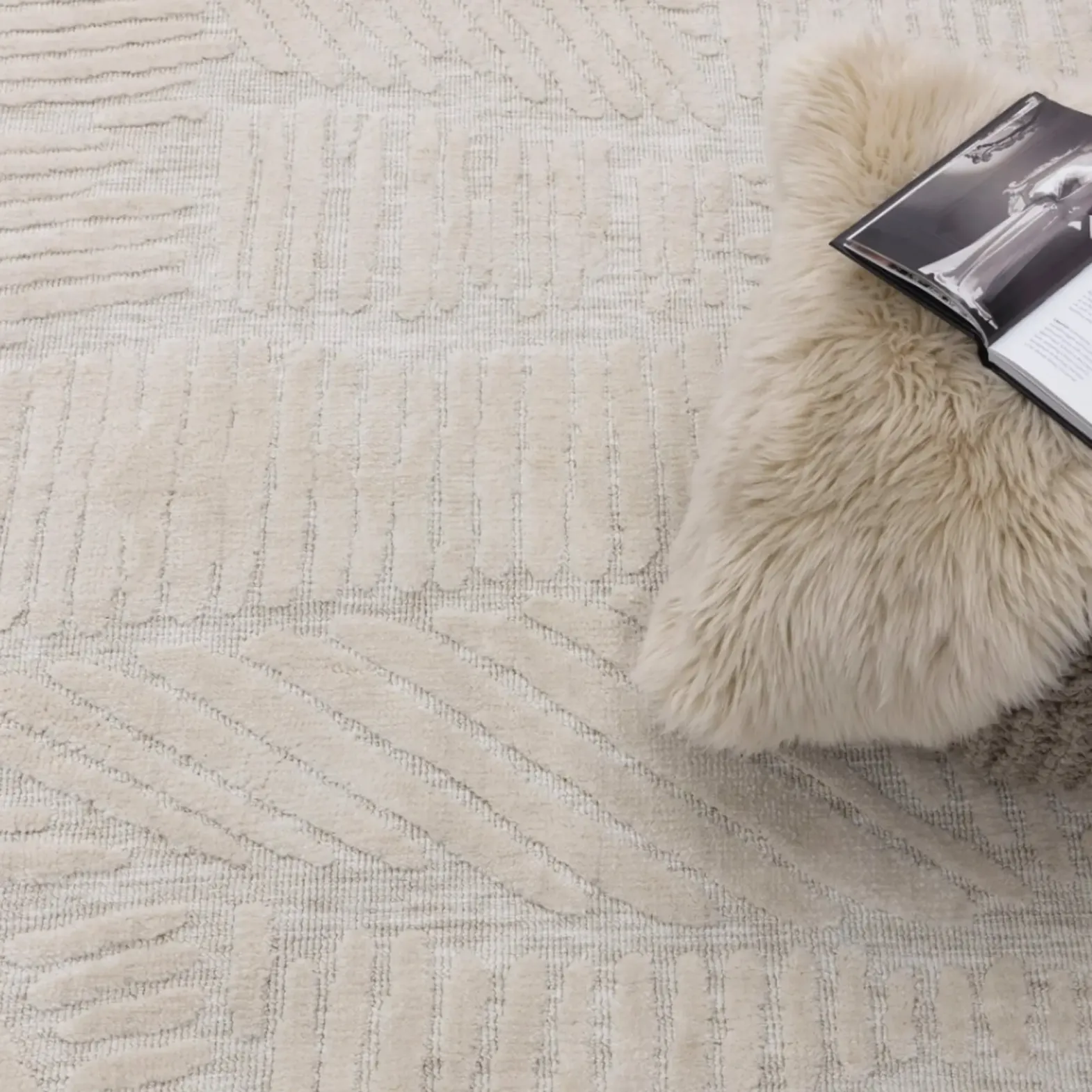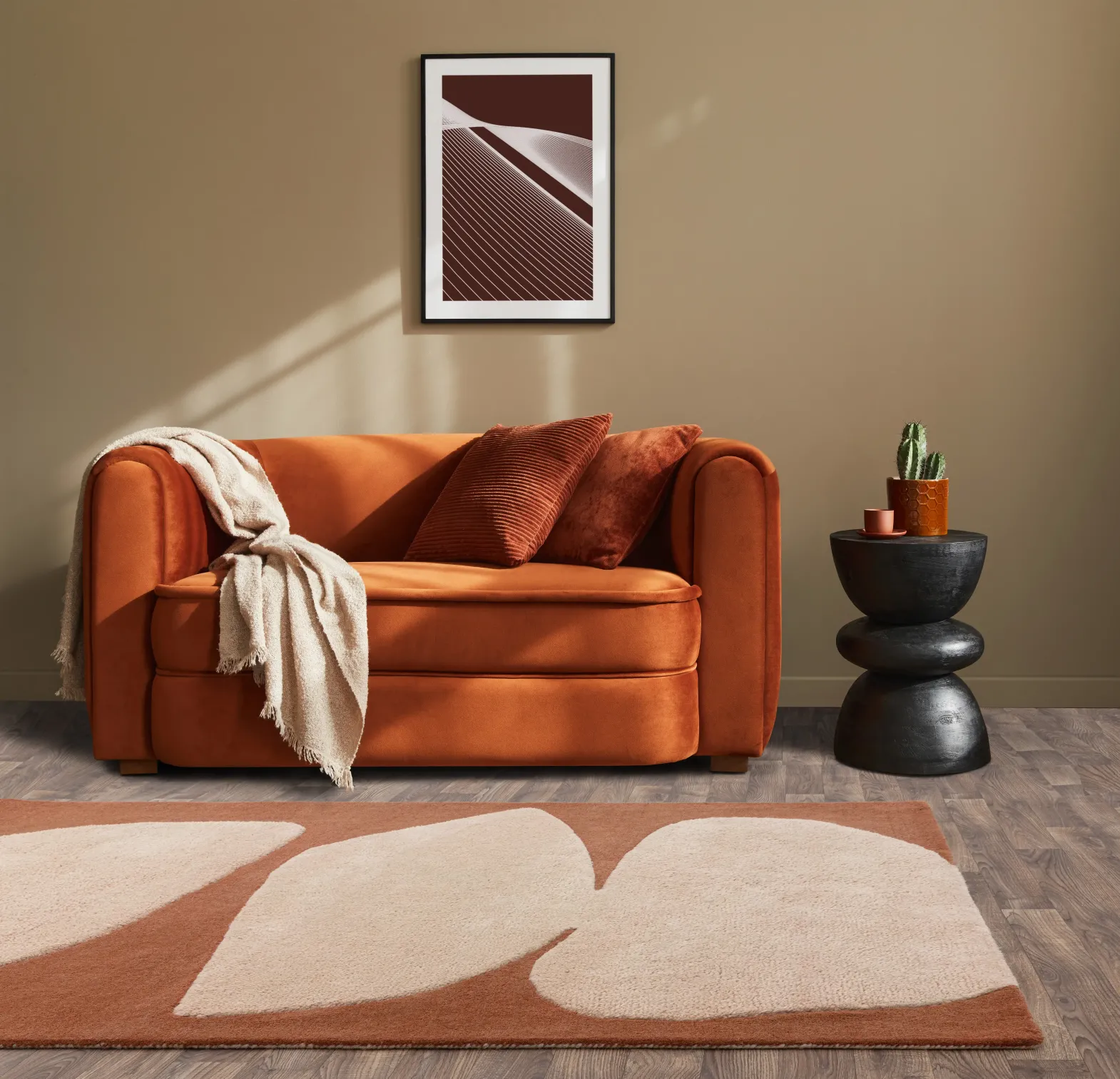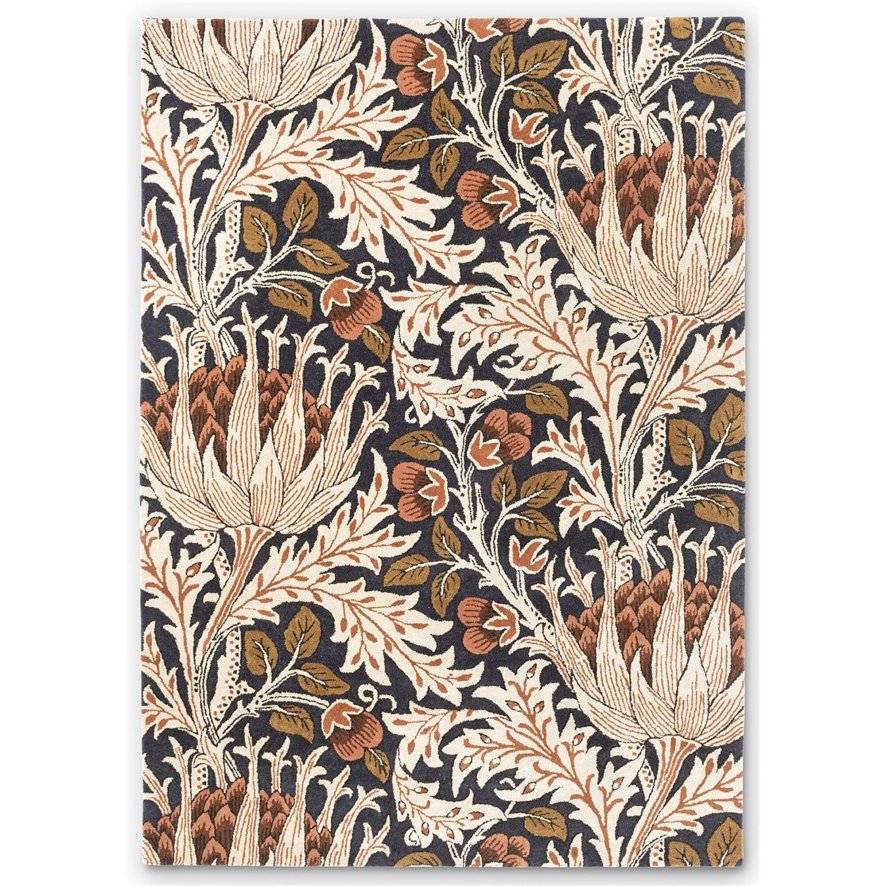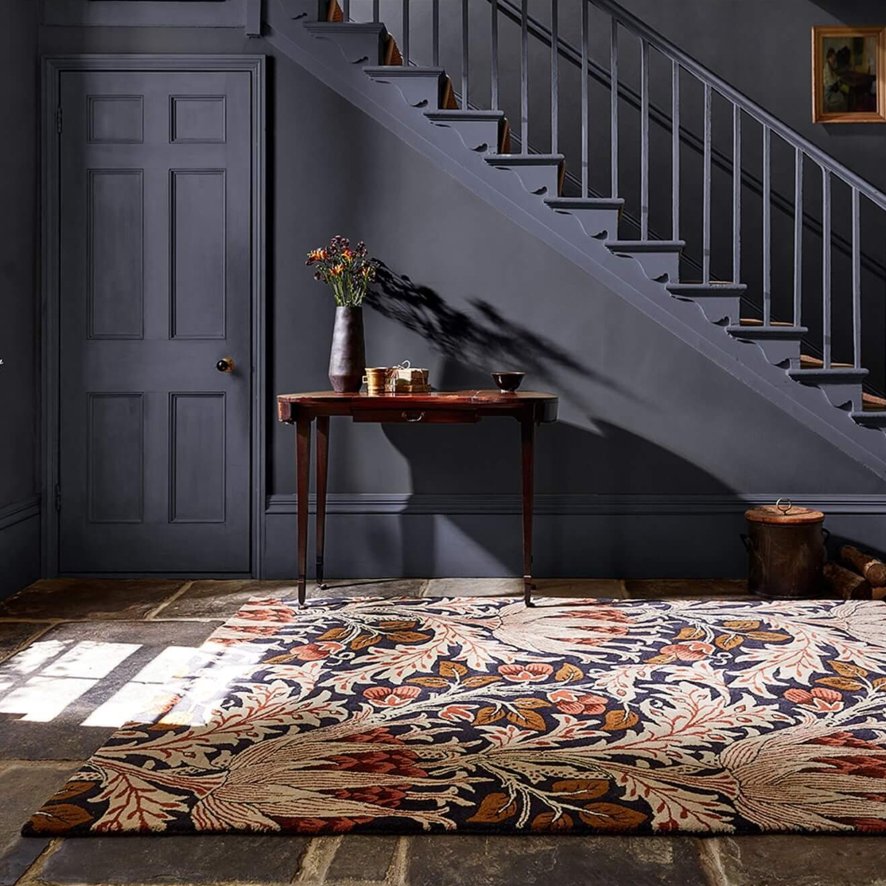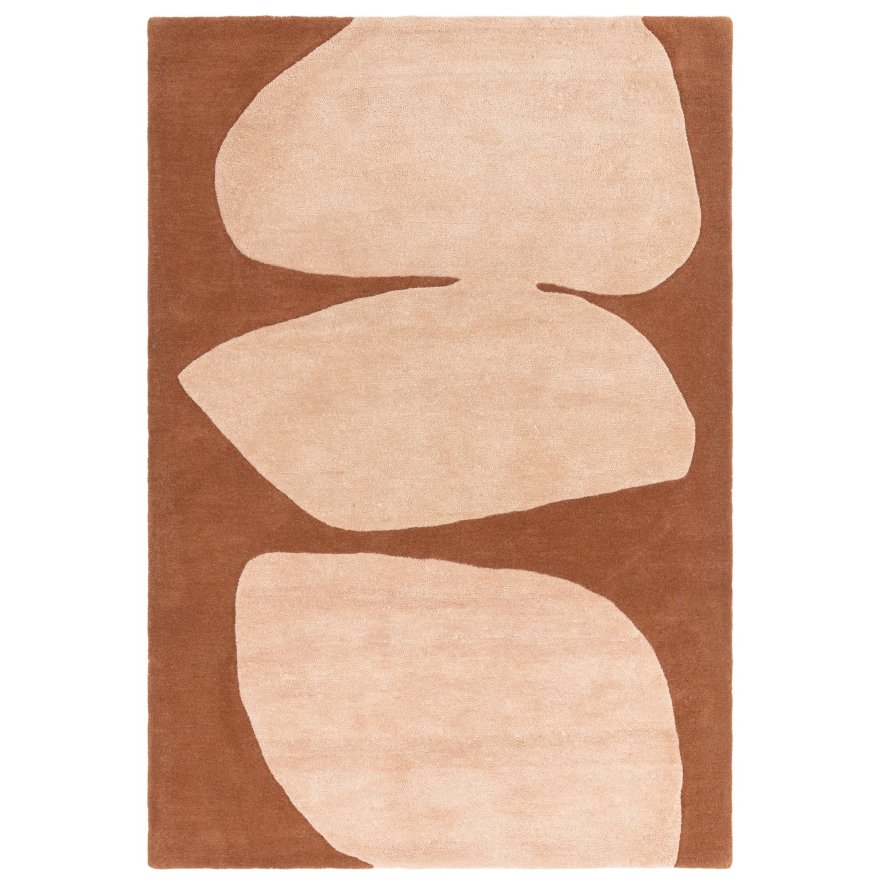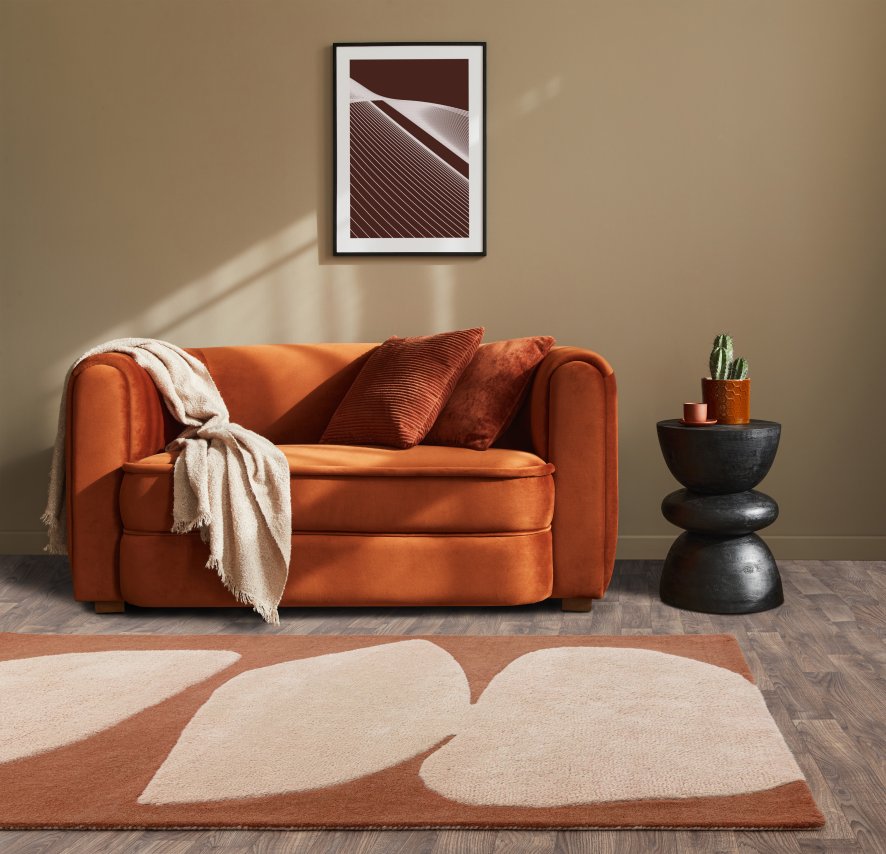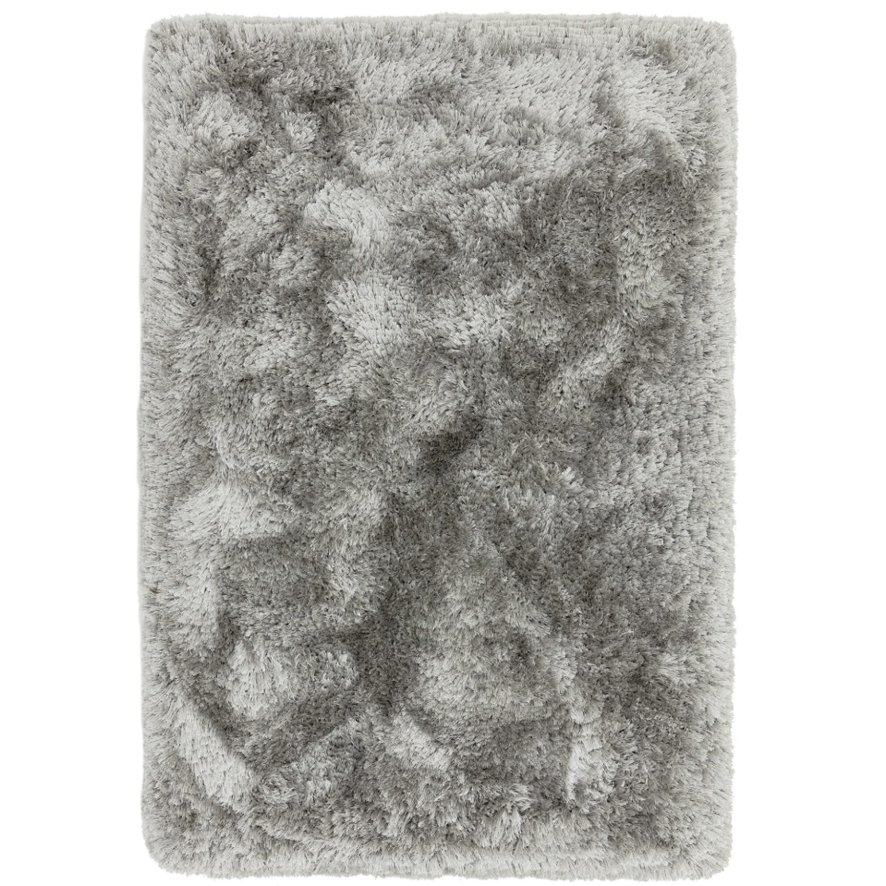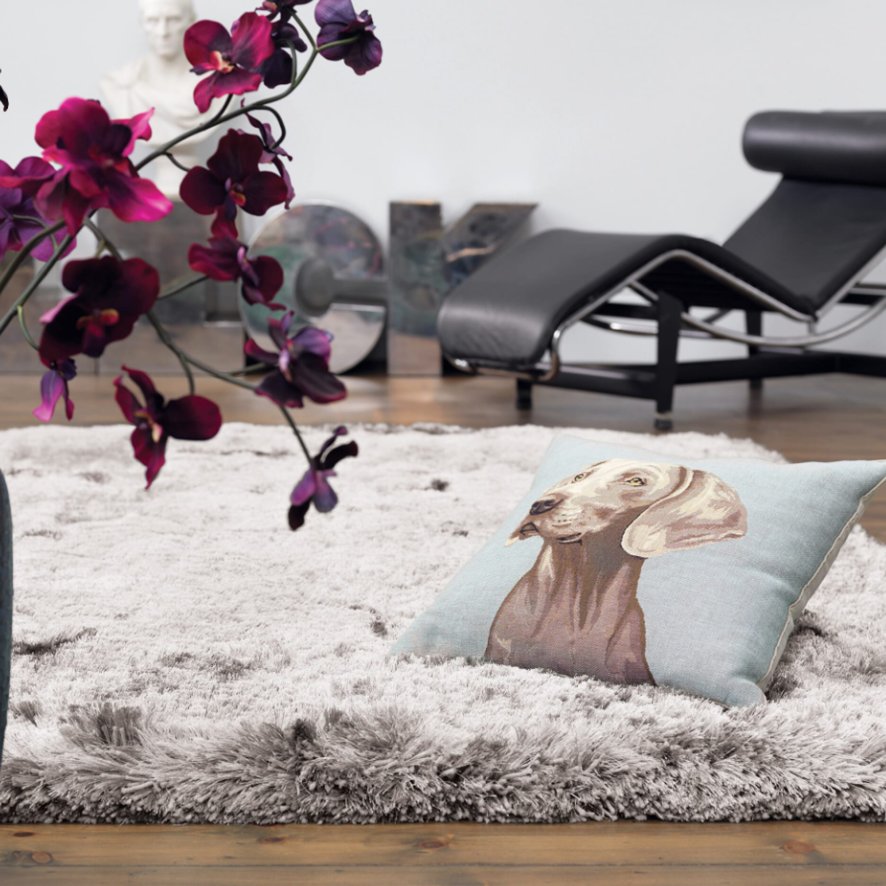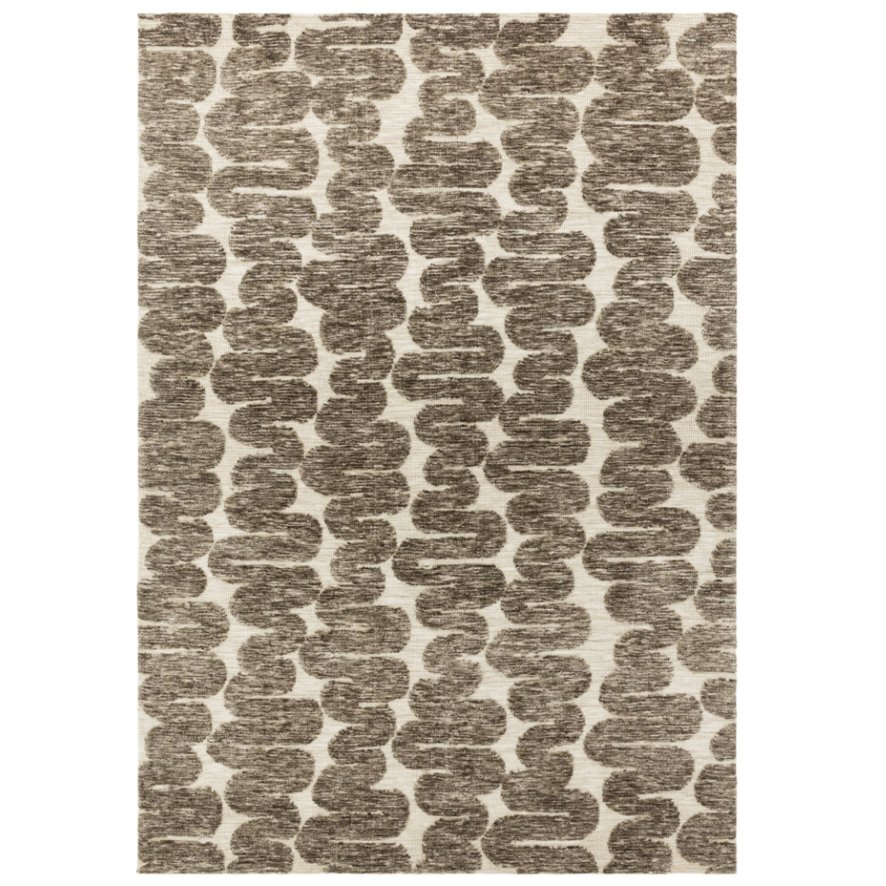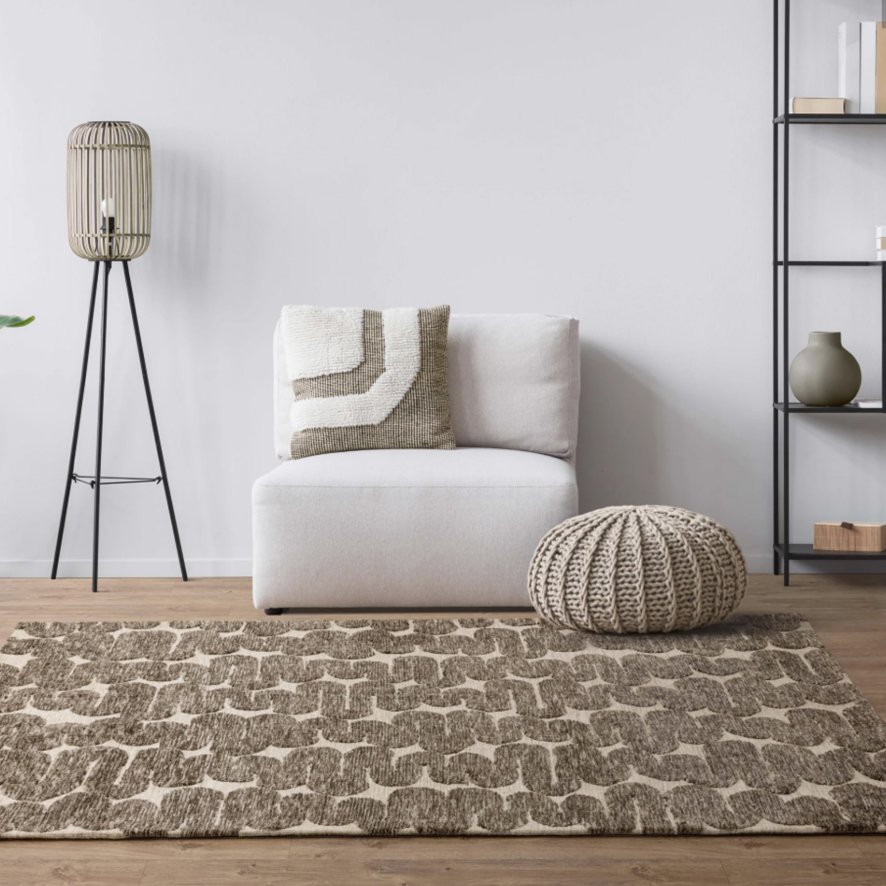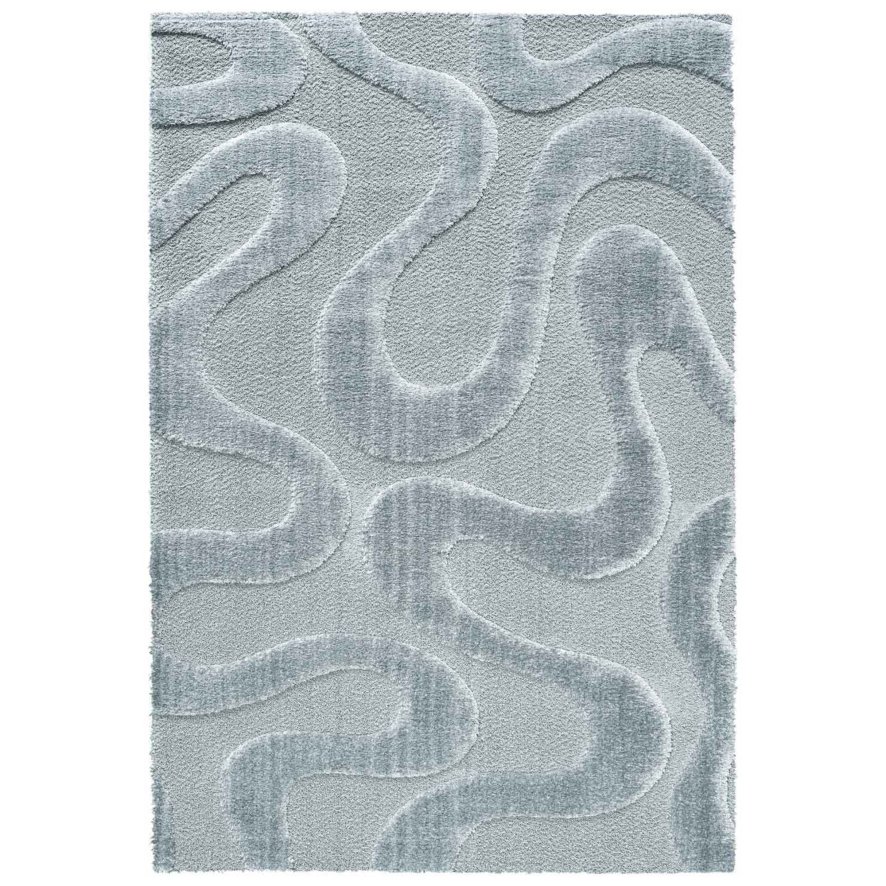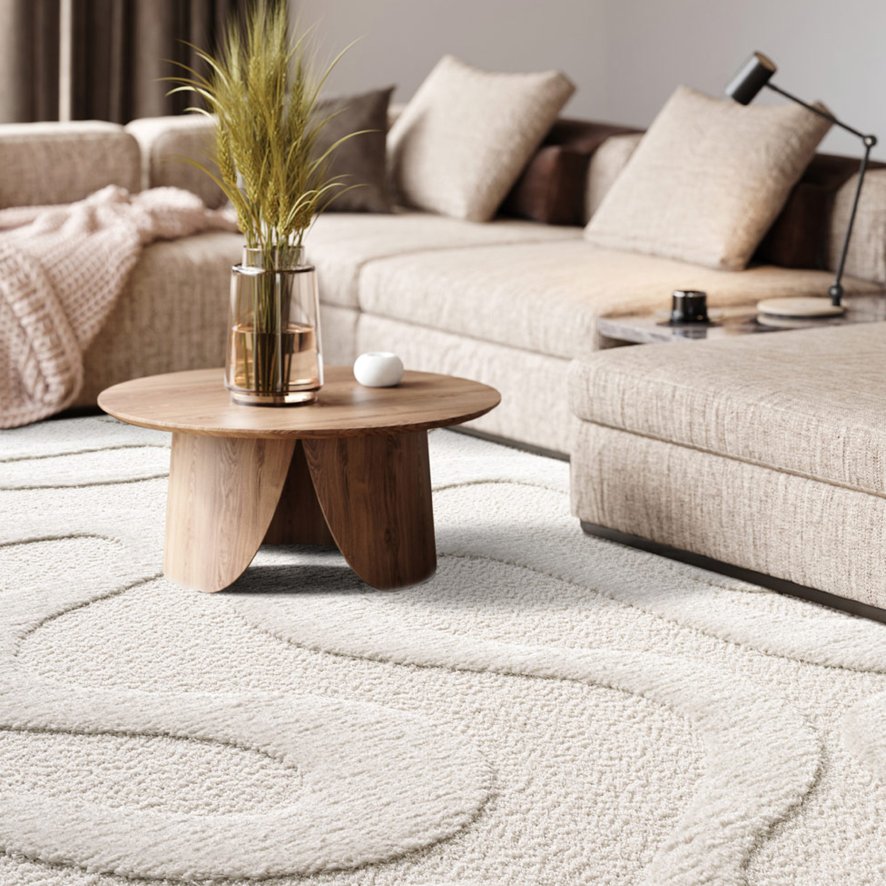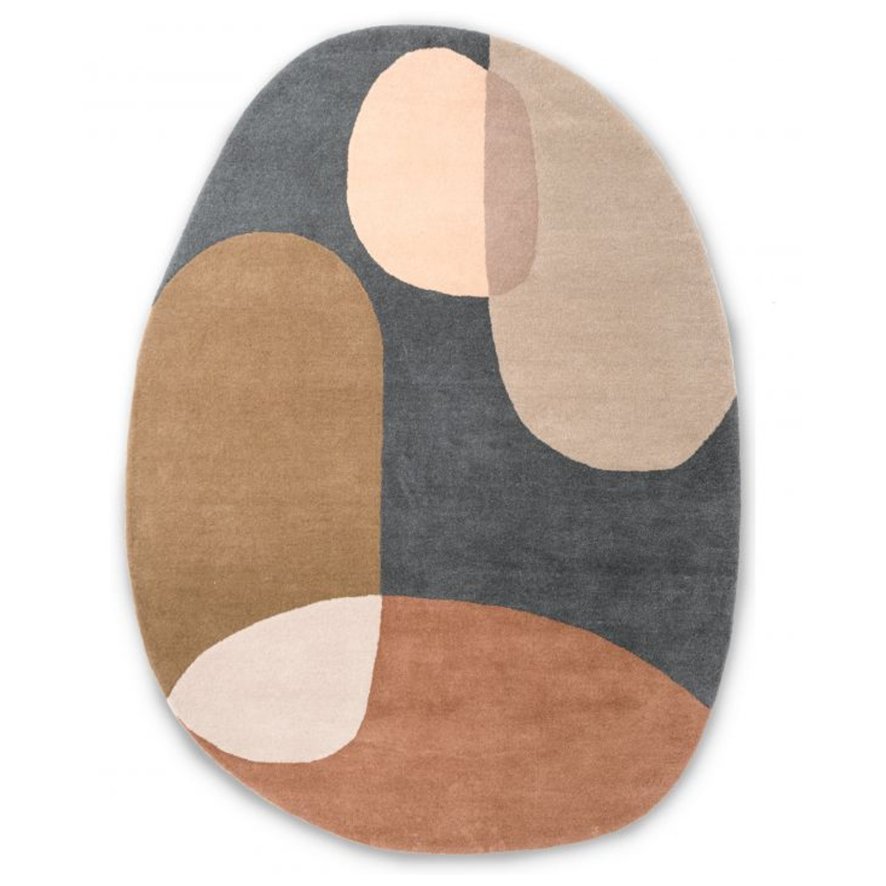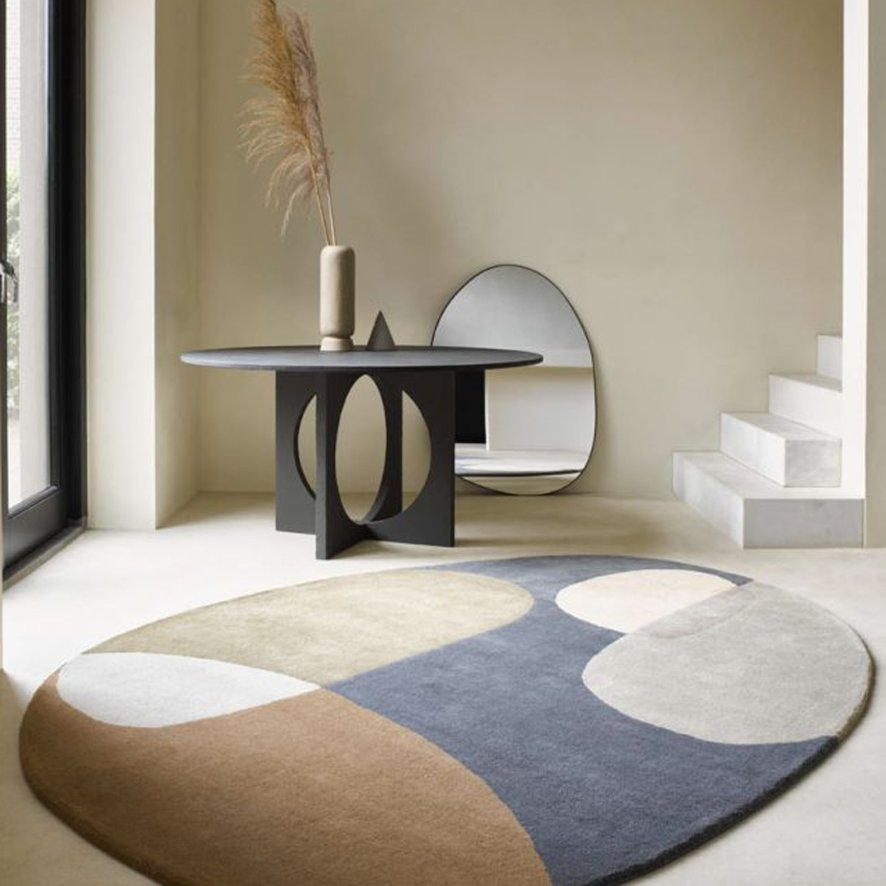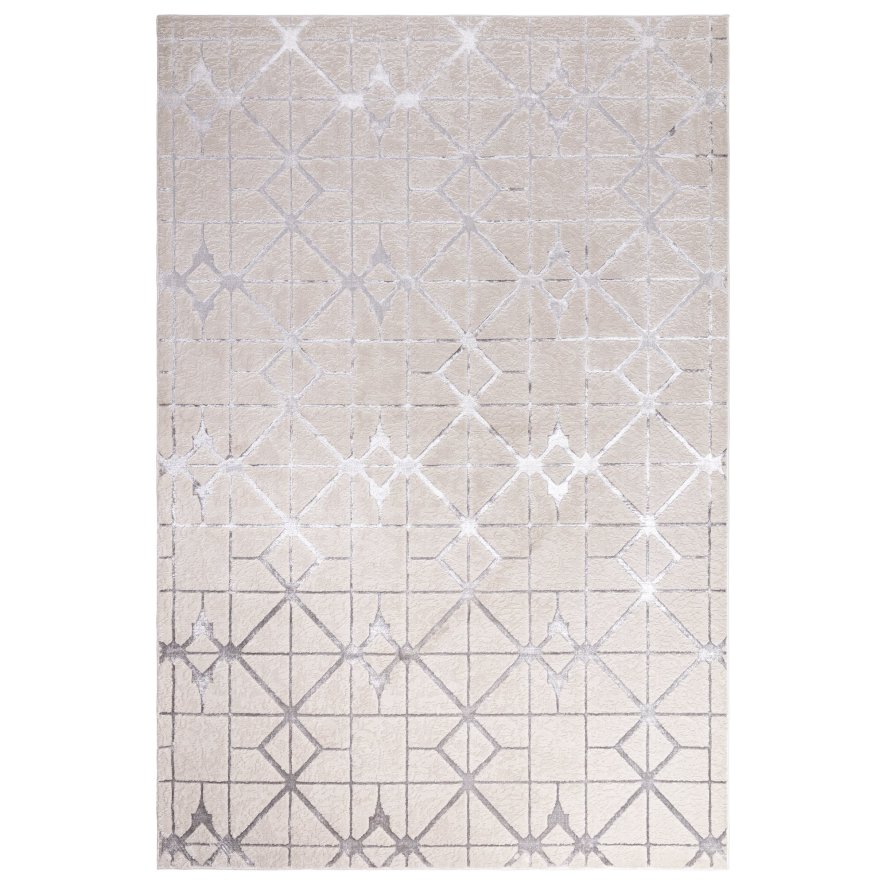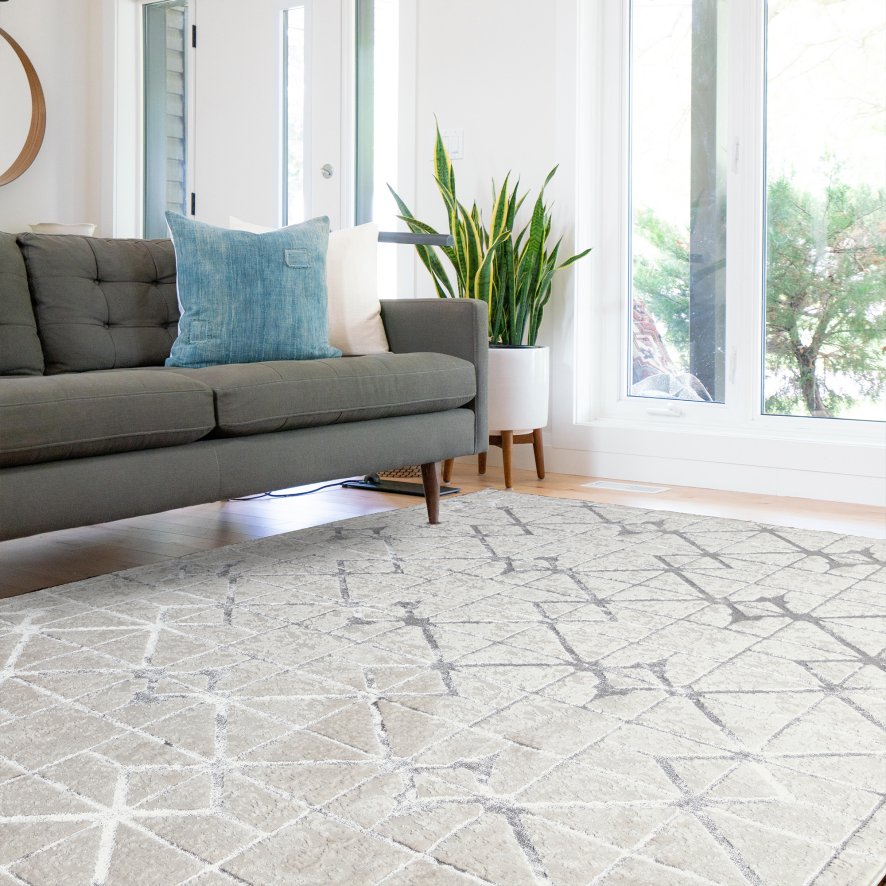Fabric Types
We carefully select materials that offer a balance of beauty, durability, and comfort. Here's what makes each one special:
-
Wool
Naturally strong and versatile, wool is a go-to choice for busy homes. It can be woven into soft, plush textures or more rustic finishes, giving you plenty of style options with lasting durability.
-
Viscose
Viscose brings a silky, elegant touch to any rug. Known for its soft feel and subtle shine, it adds a layer of sophistication — especially when paired with natural fibres like wool or jute.
-
Jute
With its warm, golden tones, jute has a natural, rustic look, especially when handwoven in thick strands. Its fibrous texture reflects its toughness, and when blended with cotton, it can create bold contrasts in colour and design.
-
Synthetic Fibres
Durable, stain-resistant, and budget-friendly, polypropylene is ideal for everyday living. It handles wear and tear with ease and comes in a wide range of colours and styles — even imitating natural fibres.
-
Sheepskin
Soft, plush, and incredibly inviting, sheepskin adds warmth and comfort wherever it’s placed. Its natural shape and fluffy texture make it a stylish accent in both modern and traditional interiors.

_cropped.webp)
